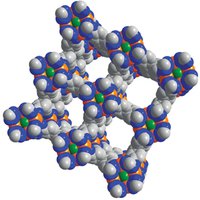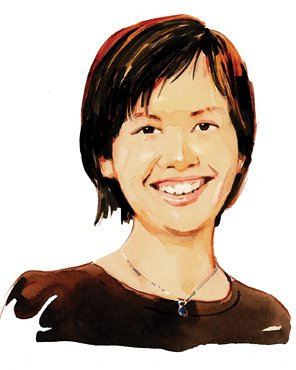Nanotechnology & materials
Joyce Poon
A tiny roller coaster for light could help keep data centers cool

Global
Mircea Dinca
Using sponges to improve and store alternative fuels

Global
Bozhi Tian
Artificial tissue that can monitor and improve health down to the level of individual cells

Europe
Ana Díez
Nanotechnology for building better materials in aerospace

Europe
David Fattal
A revolutionary 3-D display to provide a new look to moving images
